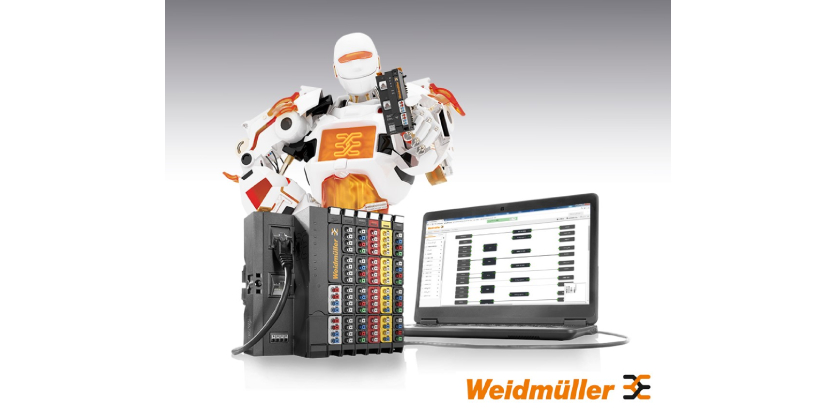World Standards Day – Confidence that Connects the World
October 14, 2025

By Chantal Guay, CEO, Standards Council of Canada
Every October, World Standards Day reminds us that progress is built on agreement. Every major advance — from safe food and clean water to digital connectivity and sustainable energy — depends on people agreeing on how things should work. Agreement creates a shared language of measurements, safety requirements and performance expectations. It is this foundation that makes progress possible. Without it, technologies stall, markets fragment and trust erodes.
Standards turn that agreement into practical rules and conformity assessment ensures those rules are applied correctly and consistently. Together, they create the trust that allows economies to grow, trade to flow and people to feel confident in the infrastructure, products and services they rely on.
Chantal Guay says she sese this most clearly in trade and supply chains. When regulations reference international standards and when accredited results are mutually recognized, markets open without lowering the bar on safety. A product tested once does not need to be tested again. Components fit the first time. Approval timelines shrink without sacrificing rigour. Considering today’s economic realities, that kind of certainty is resilience.
Shaping the rules of progress
Standards are how societies agree on what good looks like. They make sure products interconnect, systems interoperate and innovations scale. This is not abstract — it is the hidden infrastructure that makes everyday life work.
Canada’s participation in the International Organization for Standardization (ISO) and the International Electrotechnical Commission (IEC) ensures our experts are at the tables where those rules are written. Having Canadians in the room matters because it means international standards reflect Canadian priorities in clean technology, infrastructure, digital governance and beyond. Without that seat, others decide the rules we live by.
Canada’s standardization cooperation arrangements are practical tools that make standards easier to apply across borders. When our standards bodies work with trusted peers, companies get more predictable requirements, fewer duplicative steps and a clearer line of sight from design to market. That matters for firms of all sizes navigating complex supply chains.
This is the aim of the Standards Council of Canada’s new arrangements with Vietnam’s Directorate for Standards, Metrology and Quality (STAMEQ) and Korea’s Korean Agency for Technology and Standards (KATS). They help align approaches in growing markets so Canadian products and services meet expectations the first time. Their cooperation with Brazil’s Associação Brasileira de Normas Técnicas (ABNT) and the Mongolian Agency for Standardization and Metrology (MASM) serve the same purpose by building a shared understanding of quality and safety that lowers practical barriers to entry.
In parallel, arrangements with the National Standards Authority of Ireland (NSAI) and the British Standards Institution (BSI) support alignment on AI, data governance and the digital economy in established markets. The outcome is straightforward: fewer surprises for businesses, smoother market access and a wider network that helps Canadian innovation travel further.
Turning rules into trusted results
If standards define the rules, conformity assessment and accreditation make sure the rules are real. Trust in global trade is strengthened by the principle that one reliable test, inspection or certification should be enough. Without it, businesses face duplication, delays and extra costs that hit smaller firms hardest.
That is why partnerships in accreditation and conformity assessment matter. The Standards Council of Canada’s renewed cooperation with the European co-operation for Accreditation (EA) gives Canadian industry a longer planning horizon and steadier acceptance of accredited results in key product areas. Collaboration with the Swedish Board for Accreditation and Conformity Assessment (SWEDAC) expands the pool of qualified assessors, keeps audits on schedule and reduces bottlenecks. These are practical actions that allow businesses to compete on quality and trust rather than bureaucracy and inefficiency.
Resilience through consistency
Supply chains break down when parts do not fit or results are not trusted. Standards and accreditation reduce those risks by ensuring components are interoperable and certifications are portable. Research by the Standards Council of Canada’s experts shows how ISO 9001 improves firm performance by embedding reliable management practices. Other studies link Canadian participation in standards committees with higher export rates among small and medium-sized enterprises. The lesson is clear: consistent rules and credible assurance are not technical details — they are the backbone of competitiveness.
Building trust into the future
Innovation succeeds when it is trusted. In areas like artificial intelligence and digital infrastructure, international standards already provide guidance for safe, responsible and interoperable systems. Canada is helping to shape those benchmarks and ensure trusted results through accredited certification. This means innovators can scale responsibly and users can rely on consistent safeguards. The goal is not to slow innovation but to give it durable foundations that will hold as it grows.
An invitation to build together
Behind every standard, every test and certification and every accreditation decision are people — Canadian volunteers, experts and assessors whose knowledge turns agreements into reality. World Standards Day is a celebration but also an invitation.
- Policy makers, reference international standards where they can to reduce barriers and raise outcomes.
- Business leaders, use accredited certification to turn good practice into recognized assurance in Canada and abroad.
- Innovators and entrepreneurs, join a technical committee and help shape the rules that will ensure easier access to markets.
In a world of uncertainty, Canada’s influence depends not only on what we say but on the systems we help build and uphold. Standards, conformity assessment and accreditation are Canada’s tools for turning ambition into practical certainty, for making cooperation real and for ensuring that trust travels across borders. By investing in capacity-building and deepening partnerships, we can create a future where prosperity is shared and growth is sustainable.



